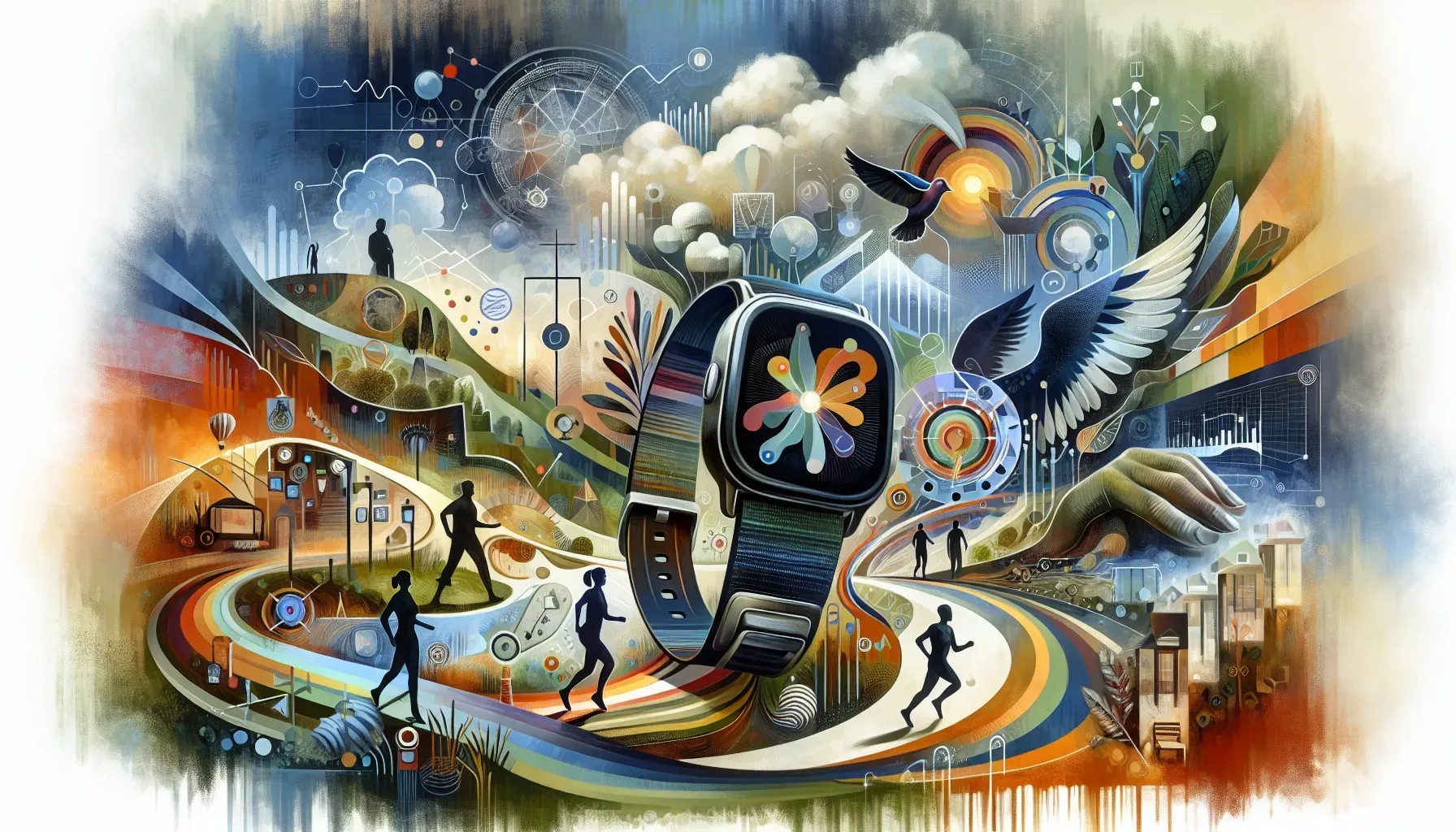Embracing Wearable Tech: Enhancing Daily Lives of Autistic Children for Better Interaction and Safety

Imagine a world where autistic children can navigate their surroundings with ease, communicate effectively, and experience improved sensory processing and overall well-being. With advancements in wearable technology, this vision is becoming a reality. From GPS-enabled devices to smartwatches designed for seamless communication, wearable tech is revolutionizing the daily lives of autistic children. In this article, we explore the various ways in which wearable tech is transforming the experiences of children on the autism spectrum and delve into the success stories and potential breakthroughs it offers.
For parents and caregivers of autistic children, safety is a top priority. GPS-enabled wearables such as smart trackers and locator devices provide peace of mind by allowing parents to monitor their child's location in real time. These devices offer geofencing capabilities, enabling parents to set up safe zones and receive alerts if their child wanders beyond designated boundaries. This not only enhances safety but also empowers children to explore their surroundings within predefined parameters.
GPS-enabled Wearables for Enhanced Safety
Communication challenges are common among autistic children, making it crucial to have effective means of staying connected with caregivers. Smartwatches equipped with communication features enable instant messaging and voice calls, fostering improved communication between children, parents, and caregivers. With customizable quick-dial options and simplified interfaces, these smartwatches empower children to reach out for assistance or express their needs with greater ease.
How GPS technology improves child safety
Sensory processing difficulties often pose significant challenges for autistic children. Wearable devices designed to modulate environmental inputs can mitigate these challenges by providing sensory support. For instance, noise-canceling headphones integrated into wearable tech can help reduce auditory overload in noisy environments, promoting a more comfortable sensory experience for children with heightened sensitivities.
Stress and anxiety management is essential for promoting the well-being of autistic children. Wearable devices equipped with biofeedback sensors can monitor physiological indicators such as heart rate variability and skin conductance levels. By tracking these metrics, caregivers gain insights into the child's stress levels and can intervene proactively to provide appropriate support, leading to improved emotional regulation and overall well-being.
Related Article: Data-Driven Parenting: Leveraging Technology for Informed Decision-Making in Autism Care
Smartwatches: Bridging Communication Gaps
Independence is a valuable aspect of a child's development, and wearable technology plays a pivotal role in fostering independence while ensuring safety for autistic children. From reminder prompts for daily activities to customizable routines tailored to individual needs, wearable devices empower children to navigate daily tasks with greater independence while providing caregivers with real-time awareness of the child's activities and well-being.
Features that enhance communication for autistic children
The accessibility of wearable devices for autistic children is paramount. A user-friendly design that incorporates visual prompts, intuitive interfaces, and customizable settings ensures that these devices are inclusive and easy to use for individuals on the autism spectrum. By prioritizing user experience and accessibility features, wearable tech becomes an integral part of the child's daily routine, seamlessly integrating into their lifestyle.
Related Article: Robotic Innovations Transcending Autism Support: Redefining Social Interaction and Skill Development
Sensory Support: Wearable Devices for Comfort
Real-life experiences from families using wearable technology paint a compelling picture of its impact. Stories of increased confidence in outdoor activities, effective communication during social interactions, and enhanced safety measures resonate deeply within the autism community. These success stories not only demonstrate the tangible benefits of wearable tech but also inspire others to explore its potential in improving the lives of autistic children.
Wearable technology goes beyond its immediate functionalities by contributing to valuable behavioral insights. Data collected from wearable devices offer a deeper understanding of the child's behavior patterns, preferences, and responses to various stimuli. This data-driven approach facilitates personalized support strategies and intervention plans, harnessing the power of wearables as a tool for unlocking new avenues in behavioral management and enhancing overall quality of life.
How wearables help manage sensory processing issues
In conclusion, embracing wearable tech has proven instrumental in enhancing the daily lives of autistic children by addressing critical challenges and opening up new possibilities. From safety-enhancing features to communication breakthroughs and personalized support tools, wearable technology has emerged as a transformative force in promoting independence and well-being for children on the autism spectrum.
As we continue to witness advancements in wearable tech tailored for autistic children, it's evident that these innovations hold immense promise in creating positive impacts that extend far beyond mere convenience. HorizonsMind Blog is committed to staying at the forefront of such transformative developments, ensuring that our readers are equipped with valuable insights into leveraging technology for empowering the lives of autistic children.
Frequently Asked Questions
GPS-enabled wearables provide real-time location tracking, allowing parents to monitor their child's whereabouts. With geofencing capabilities, caregivers can set safe zones and receive alerts if the child wanders outside these boundaries, enhancing safety while empowering children to explore their environment within defined limits.
Smartwatches designed for autistic children facilitate instant communication through messaging and voice calls. With user-friendly interfaces and customizable quick-dial options, these devices enable children to easily reach out to caregivers, improving their ability to express needs and stay connected in various situations.
Wearable technology collects data on behavior patterns and responses to stimuli, offering valuable insights into an autistic child's needs. This information helps caregivers develop personalized support strategies and intervention plans, enhancing the child's overall quality of life by addressing specific challenges more effectively.
Check Out These Related Articles

The Role of Wearable Tech in Enhancing Autism Support Services

Cultivating Autonomy through Tech-Enhanced Life Skills Training for Autistic Teens

Embracing Technological Advancements: From Millennials to Gen Z
